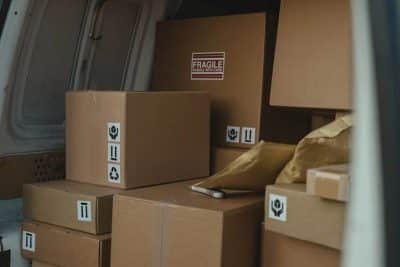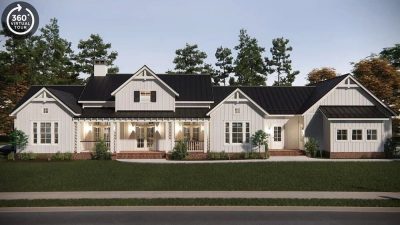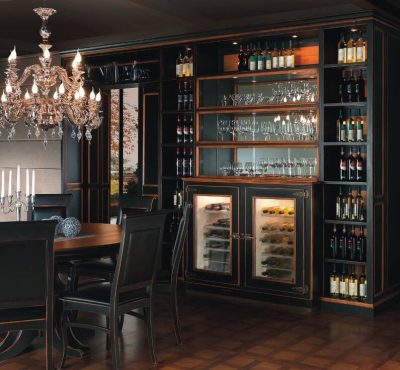At some point, everyone has had to deal with a parking lot. Whether it’s as simple as pulling into the mall or as complicated as entering a large corporate building for an event, every business needs to think about how their parking lot can attract customers and make them feel safe.
A well-designed parking lot will make your business into a destination rather than just another stop along someone’s daily route. Keep reading to learn about important factors to consider, such as access lanes, traffic pattern, parking stalls and lighting. We also spotlight different types of parking lot layouts and landscape design that can help create a pleasant atmosphere.
Once you’ve got an idea on your parking lot design, maybe you want to guarantee yourself some customers? That’s where Whereipark can help you out. Whereipark provides a convenient peer-to-peer platform for drivers and property owners to find each other. Your newly-designed parking lot is sure to appeal to drivers looking for somewhere safe to leave their vehicles while they’re at work all day!
Considerations When Designing a Parking Lot
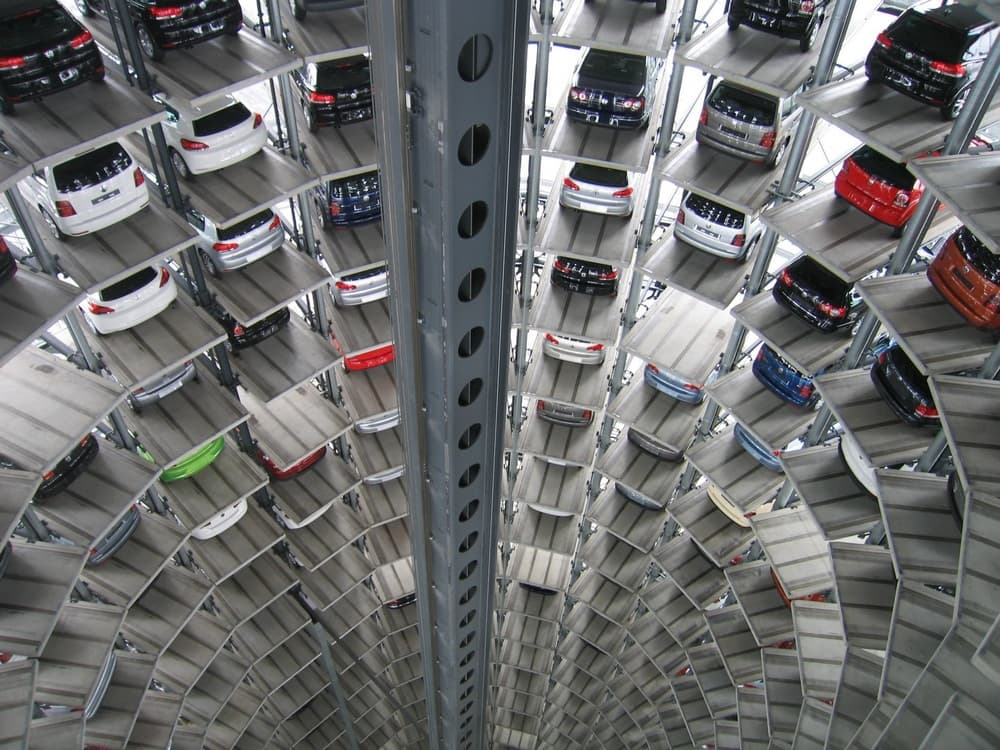
When designing a parking lot, a number of considerations should be taken into account in order to create a safe and efficient space for customers.
The layout of the lot should facilitate effective customer flow, providing sufficient space for cars to manoeuvre safely and access different parts of the lot.
Clear directional signage should be provided to assist customers, as well as lane markings and lines.
Choosing the type of parking lot layout is also important, as different layouts lend themselves to different environments. Perpendicular and angle parking, for example, provide the most efficient use of the available space, particularly in smaller lots, whereas parallel and compact parking are best suited to larger areas where space is not so restricted.
In addition to spacing and layout, look at the overall design of the lot. Aesthetics, such as landscaping and planting, can add an element of beauty to the lot and create a pleasant environment for customers. Lighting, as well as other safety features, should also be taken into account, ensuring customers can easily find their way around the lot during nighttime hours.
Overall, a good parking lot design should maximize available space and consider elements such as customer flow, safety and aesthetics. Taking these factors into account can create a positive customer experience.
Determine the Number of Parking Spaces Required
The number of spaces your lot needs will vary depending on your office, retail, restaurant or hotel space. You’ll also have to consider the size of each space to ensure the lot is big enough to hold them all while still leaving room for vehicles to enter and exit the spaces easily.
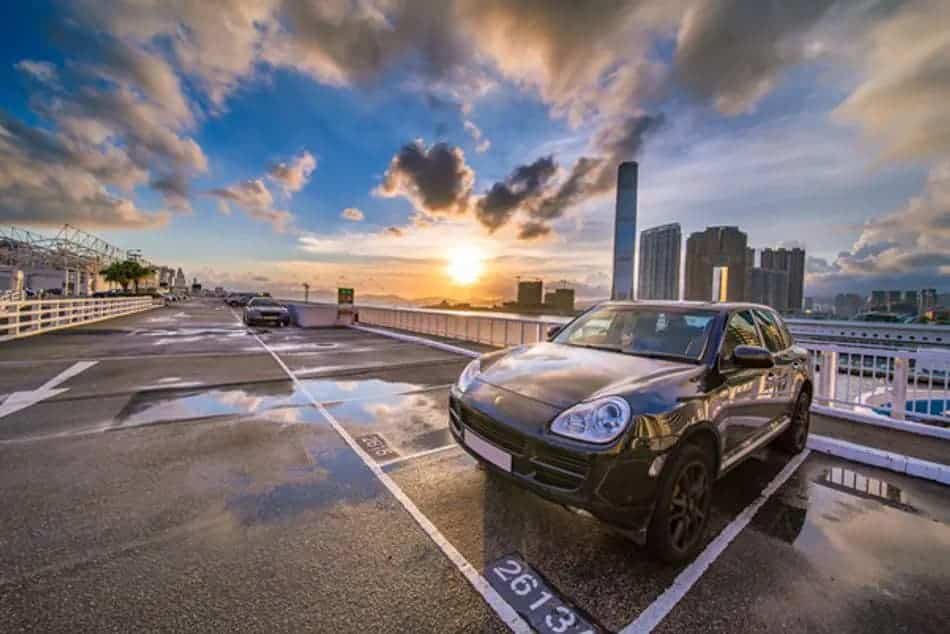
Here’s a rough guide on how many spaces you should have:
- Office: The average employee has a car for every 1.1 jobs. In other words, if an office building houses 200 employees, it should have 211 parking spaces available.
- Retail: For every 130 square feet of retail space (including businesses like grocery stores), there should be one parking space available nearby the store entrance; this is why many big box retailers have elaborate drive-throughs that allow customers to avoid walking through crowds at peak hours.
Think About Where Pedestrians Need to Go
The next step in planning your parking lot design is to think about where pedestrians need to go so that they can be routed safely and efficiently.
You should consider the number of people who will be using the lot, as well as how far they need to walk from their car to their destination. For example, if you’re designing a parking lot for an office building that has multiple entrances and exits, you’ll want to make sure there are clear paths between those points so that employees don’t get lost or confused while walking through it.
If you have a large facility with many different uses (such as an airport), consider having multiple access points; this way, people can choose which entrance works best for them on any given day.
Keep Driveways Wide Enough for Safe Traffic Flow
When designing your parking lot, keep in mind that driveways must be wide enough for traffic flow. A driveway should be wide enough for a vehicle to turn around without backing up and wide enough for two vehicles to pass one another. You’ll also want to make sure that pedestrians can walk through safely.
Finally, keep emergency vehicles in mind. Your parking lots should have space near each entrance and exit so fire trucks and ambulances can easily get through without having their path blocked by parked cars or other obstacles.
Provide Adequate Room for Emergency Vehicles and Service Vehicles
It is important to provide adequate room for emergency vehicles and service vehicles. If emergency vehicles can’t access a parking lot, it could lead to a serious injury or fatality.
It is also vital that your parking lot be wide enough to accommodate other types of service vehicles, such as tow trucks or ambulances. If these types of vehicles have trouble navigating the paths in your parking lot, they could damage parked cars or harm people who are trying to walk through the area at night.
Make Sure the Parking Lot Has Appropriate Lighting for Safety and Security
The lighting of your parking lot should be designed to improve safety and security. This can include:
- Visibility of the parking lot for drivers who are entering or exiting the lot.
- Lighting for pedestrians who may be crossing the lot, such as at an entrance or exit ramp.
- Additional lights around aisles and driveways to ensure that vehicles won’t hit anything in their path while moving through the parking lot at night.
Materials to Use
Choose materials that will reduce maintenance needs and make driving easier in bad weather.
Concrete is the most durable material for parking lots, but it’s also more expensive to construct and maintain. Asphalt, on the other hand, is cheaper to install but requires more upkeep over time. You should always consider how long your parking lot will last when choosing a material.
If you’re building a large asphalt lot or if you want to save money by using concrete that has been recycled from another project (called “tire-derived rubber” or “crumb rubber”), make sure that these materials are resistant to wear and tear so they last longer than regular hot mix asphalt without any extra maintenance required by drivers who drive over them regularly.
Closing Thoughts
So, you want to design a parking lot? Well, with the tips above and the knowledge, you’re well on your way. There are a lot of factors to consider when it comes to designing a parking lot. You’ll need to keep in mind things like safety, convenience and aesthetics—and these are just a few. If you want your customers to park their cars and stay for an extended period of time, then you’ll need to make sure that they have ample space with which to do so.

